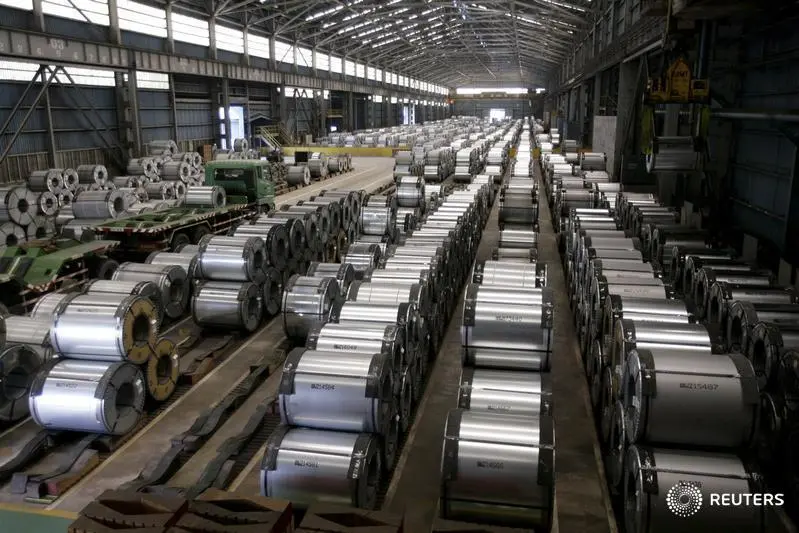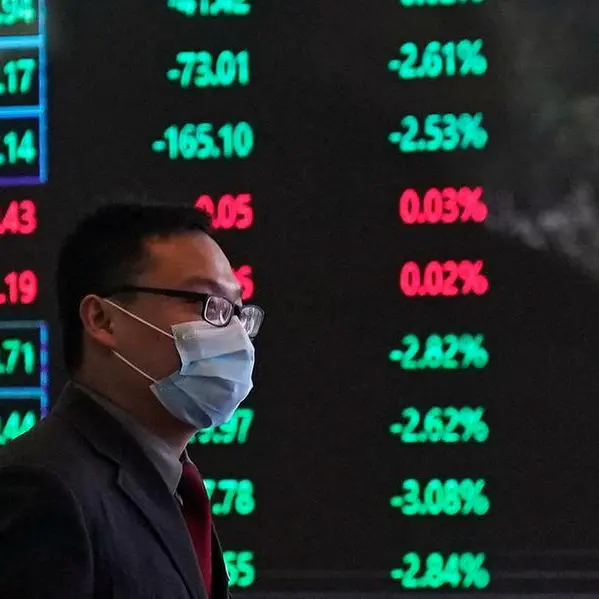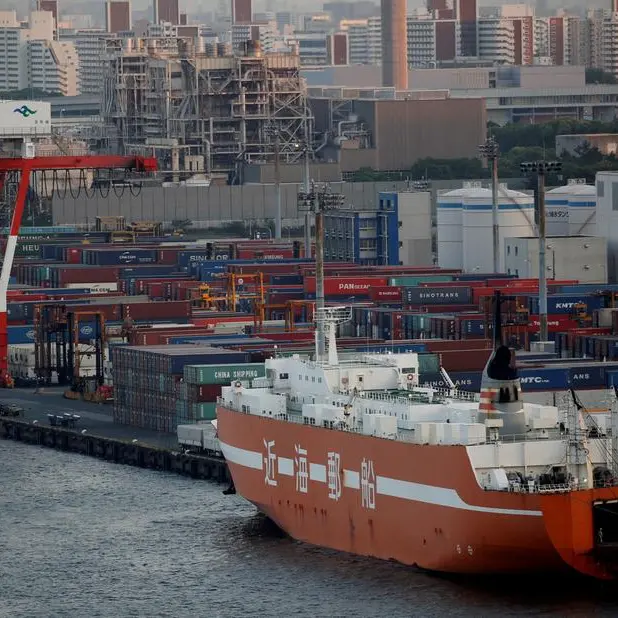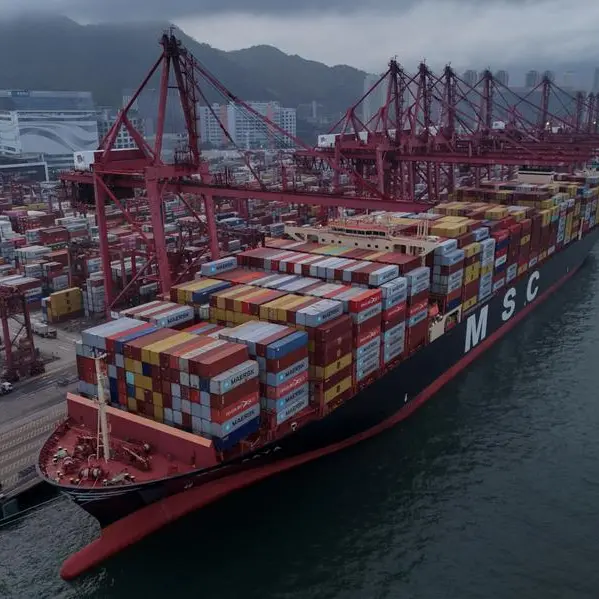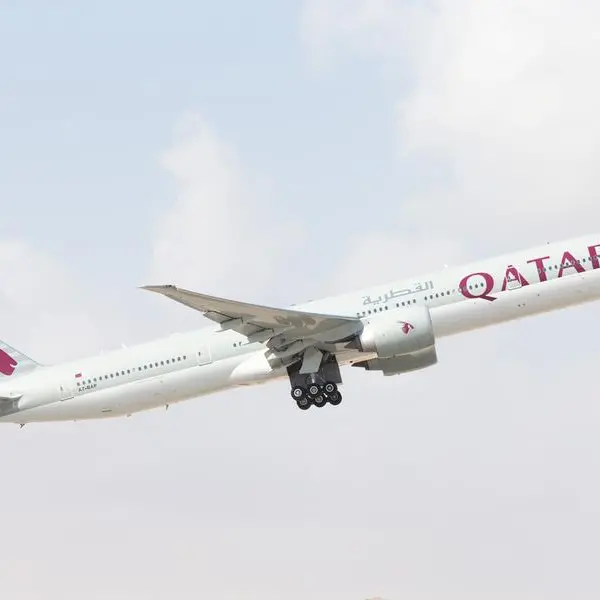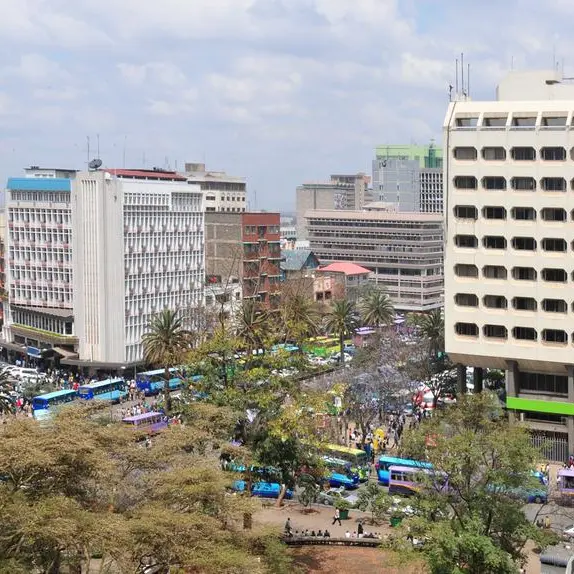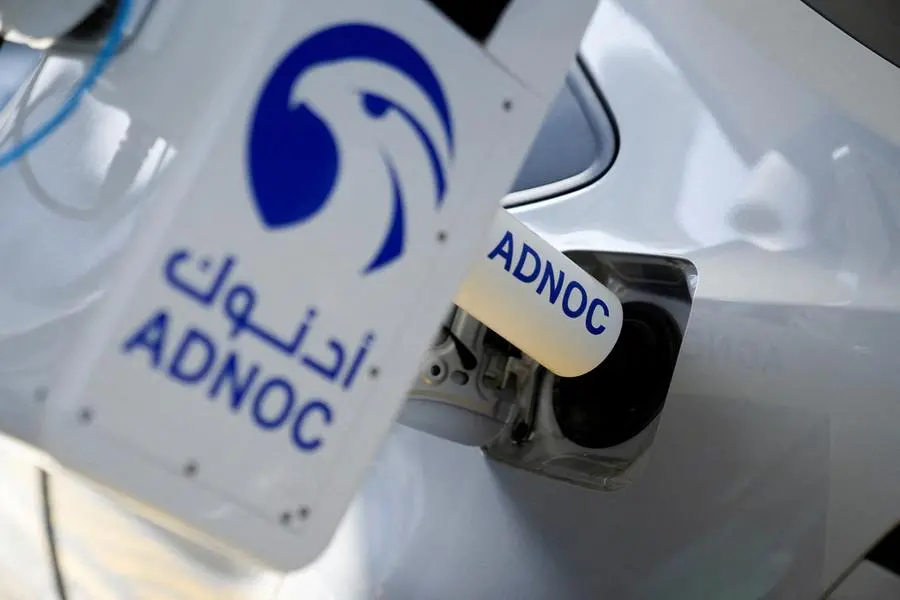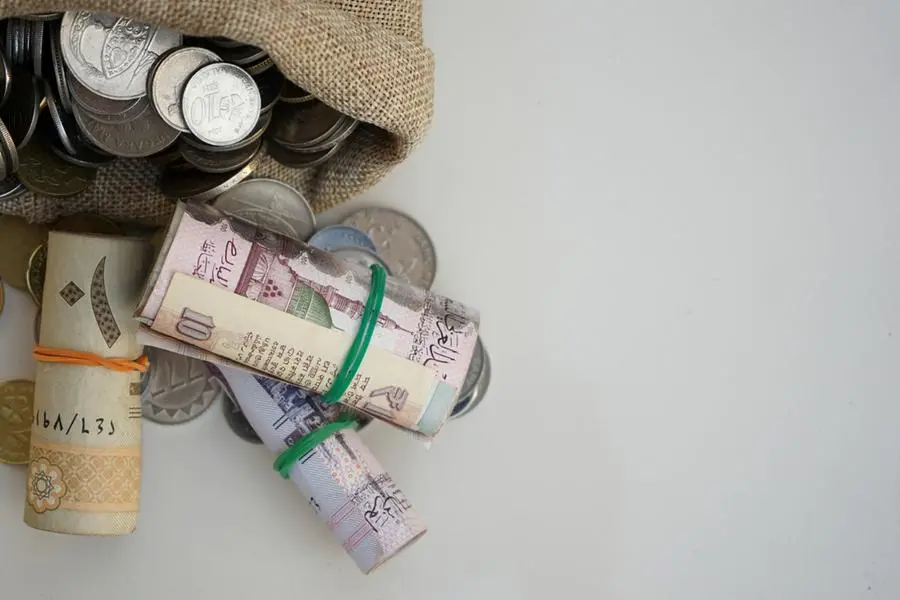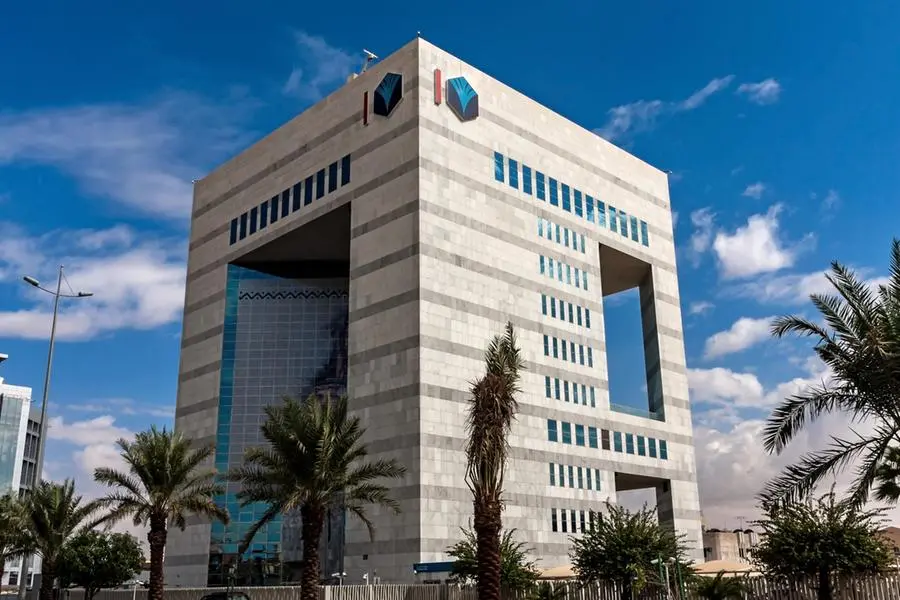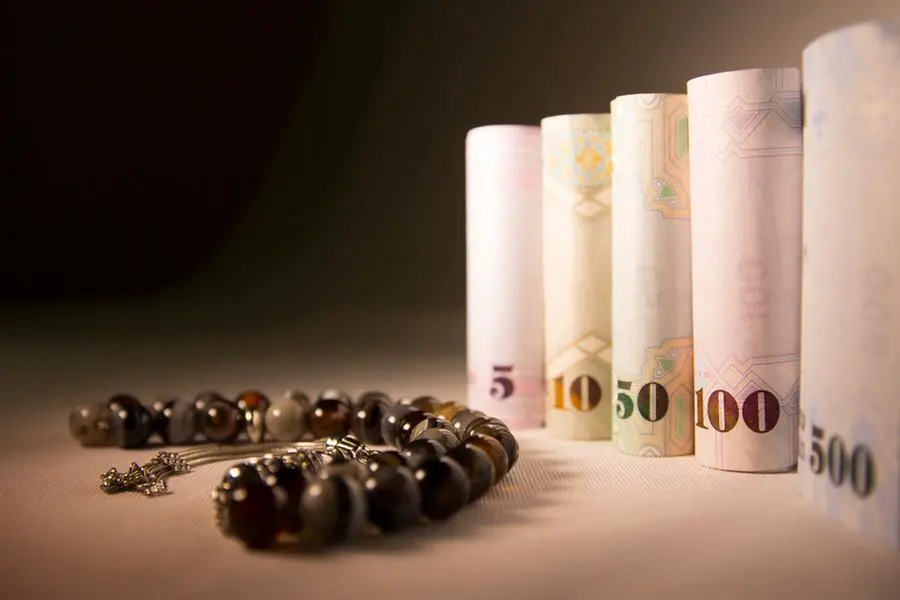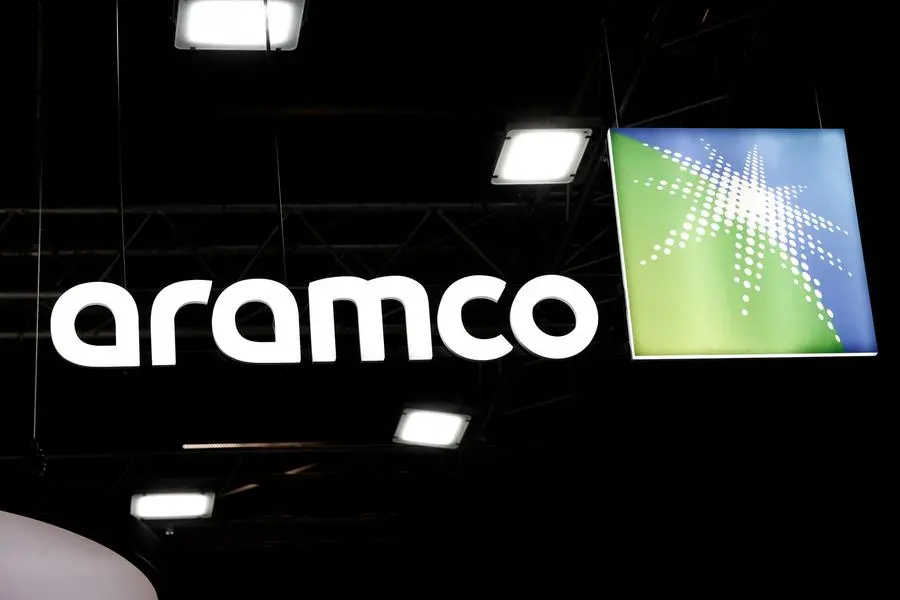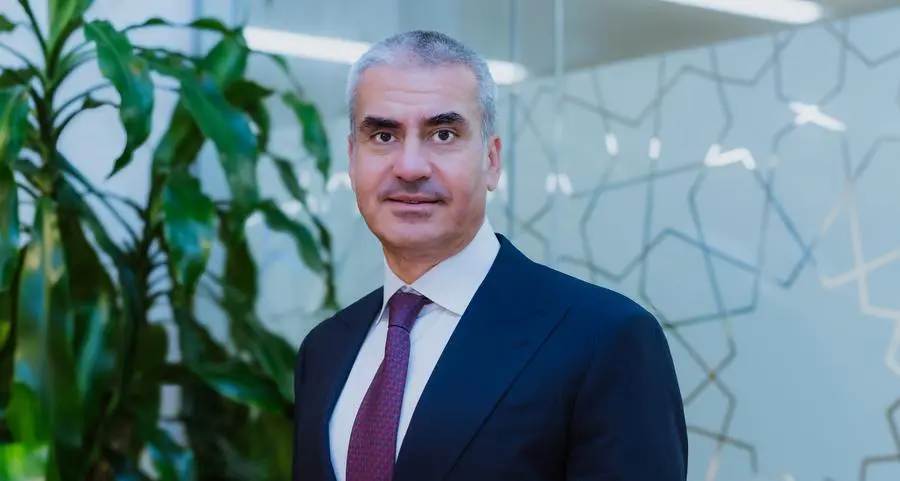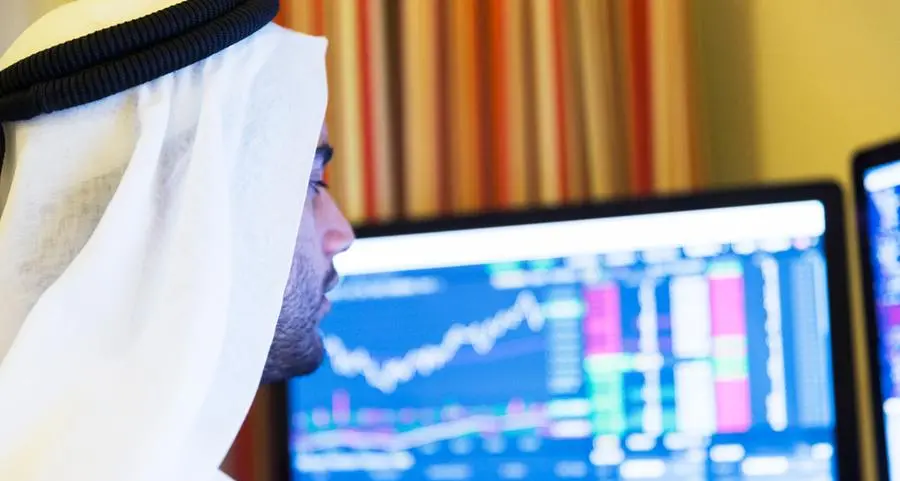PHOTO
Image used for illustrative purpose. Columns of steel are stacked inside the China Steel production factory in Kaohsiung May 18, 2010.
China's plan to expand its carbon market to steel, cement and aluminium will cover 60% of its total climate-warming greenhouse gas emissions, but the relatively low bar set for companies could blunt its impact in the first phase, experts told Reuters.
The long-awaited enlargement of China's emissions trading scheme (ETS) will force around 1,500 industrial enterprises - including Baosteel, Anhui Conch and Chinalco - to buy carbon emission allowances (CEAs) to cover CO2 generated by fossil fuel consumption, giving them an incentive to decarbonise.
But though they will be under pressure to meet the technical requirements of the scheme, they will also be granted large amounts of free allowances during the 2024-2026 "implementation phase", and CEA supply will be ample, according to a plan released to the public for feedback on Monday.
"The work plan, while lacking in sufficient detail, looks fairly lax in terms of allowance allocation and compliance deadlines," said Shawn He, a Beijing-based lawyer who advises firms on carbon compliance.
China's national carbon market, already the world's biggest, was launched in 2021 and covers 2,257 power plants with around 5 billion tons of total emissions. Cumulative trading volumes hit 442 million metric tons of CO2 by the end of 2023.
However, though carbon prices have steadily increased, breaching the 100 yuan ($14.05) per ton mark for the first time this year, the environment ministry said on Monday that market "shortcomings" were limiting participation.
It said expanding to new sectors would help it catch up with more mature carbon trading schemes such as the one in Europe, but an oversupply of allowances could still impede progress.
"China's ETS has had minimal impact on CO2 emissions so far mainly due to factors such as the generous supply of allowances," said Shen Xinyi, analyst with the Centre for Research on Energy and Clean Air.
The ministry said the main goal during the first phase of the expansion was to help firms familiarise themselves with market rules and improve data collection, with any profit or loss from carbon trading "accounting for a small proportion of a company's operating income".
Allowance quotas, which are based on carbon intensity benchmarks rather than absolute emissions, will be distributed entirely free of charge, it said, meaning that only "backward" companies will buy extra credits.
In the early stage, the government will be engaged in a process of "trial and error" to work out how the new sectors fit into existing market infrastructure, said Jingwei Jia, carbon market analyst with Fitch Ratings in Hong Kong.
"Even though at this point they are going to be using the free allocation approach ... it will allow the companies to experience how to do carbon reporting and figure out how to align with new regulatory requirements," she said.
The ministry said it would start to "strengthen" incentives after 2026, likely to involve a reduction in free allowances and tougher industry targets to drive up market activity.
"(It will be) gradually reducing carbon intensity benchmarks, introducing more companies and more sectors into this market, and gradually increasing demand for carbon allowances and consequently the carbon trading price," said Jia. ($1 = 7.1197 yuan)
(Reporting by David Stanway, Additional reporting by Amy Lv in Beijing; editing by David Evans)
